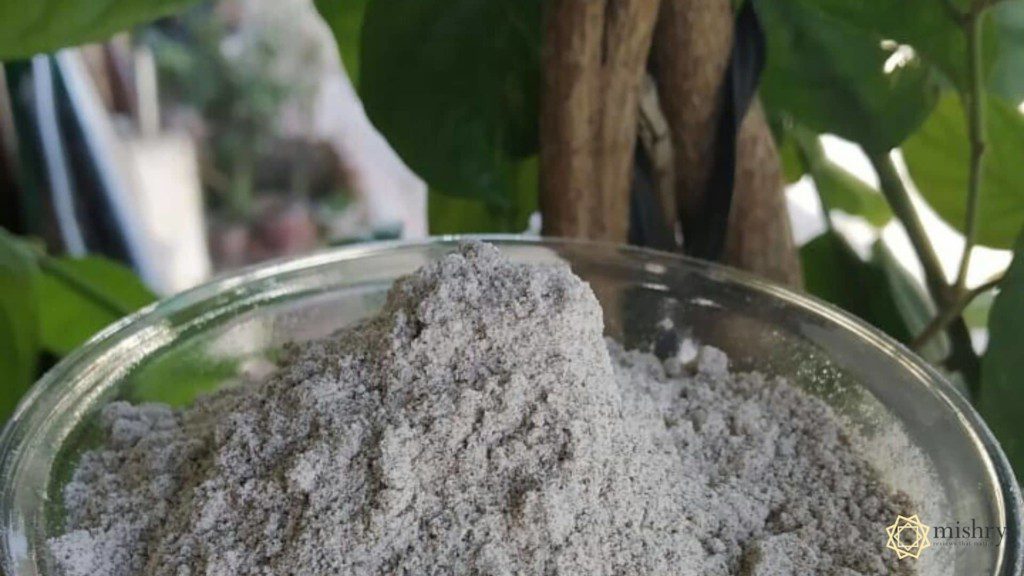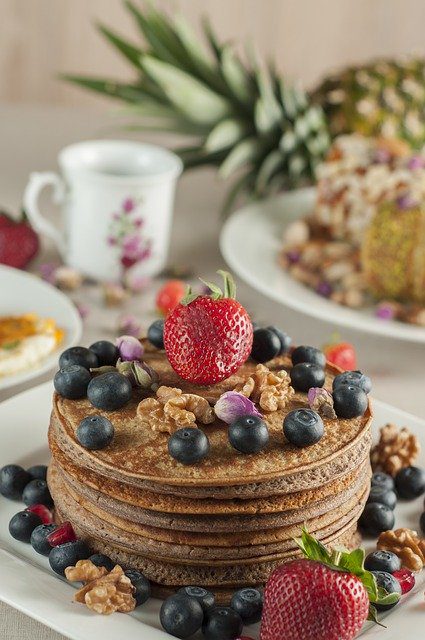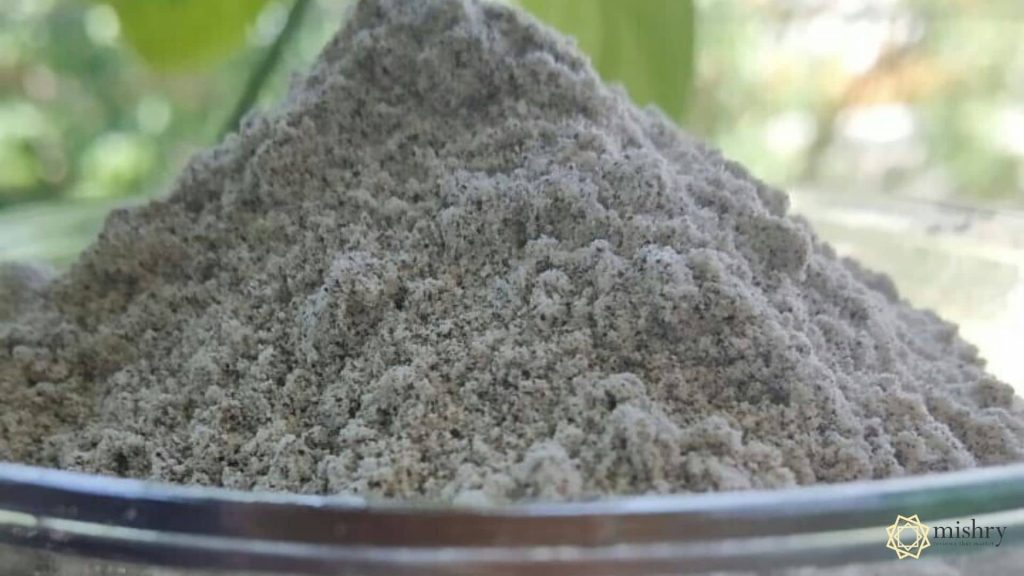When it comes to variety in healthy food, we generally make different kinds of dishes using regular cereals like wheat and rice, but we pay less attention to nutrient-dense and highly beneficial wholegrain cereals, and ragi is one of them.
You may have heard about ragi or tasted it a few times without understanding the nutritional benefits of this superfood. Like many other millets, Ragi is an underrated cereal, and we should welcome it wholeheartedly. Ragi is rich in protein, fiber, iron, carbohydrates, and minerals, which makes it a superfood.
Ragi is a non–glutinous and not acid-forming food that makes it suitable for gluten intolerant people, gastric patients, and even kids. You may find ragi flour or ragi powder a little unpleasant in taste as compared to other grains. Still, after being aware of its nutrition quotient, we are sure you would surely think about trying this super cereal.
Table of Contents
Watch Video: Benefits Of Ragi
Why should you eat Ragi every day? | Ragi Benefits
1. Ragi is rich in calcium
Ragi has 5-30 times more calcium content, which makes it non-comparable to other cereals.
According to the National Institute of Nutrition in India, 100 grams of Ragi has 344 mg calcium; that’s quite a good amount to fulfill the body’s daily requirement.
Ragi makes our bones and teeth strong and prevents us from Osteoporosis. It’s highly beneficial for growing kids and pregnant ladies. Apart from calcium, ragi is also rich in Vitamin D also which makes the absorption of calcium easy, so if you are not taking enough Vitamin D from the Sun, you must include ragi in your diet.
2. Helps In Preventing Diabetes
Ragi has an abundance of polyphenols and dietary fibers as compared to other grains. It has a low Glycemic Index – which is a lower ability to increase blood sugar level. Easy absorption of starch and digestibility controls food cravings and keeps a check on diabetes.
3. Rectifies Anemia
As an excellent source of iron, ragi improves the level of hemoglobin in the body, and as a result, it has the potential to cure anemia. We can increase the level of Vitamin C in it just by sprouting it, which is very helpful in the absorption of iron in the body.
Anemic patients must add this iron-rich cereal to their daily diet. Munching a few ragi cookies or having a delicious ragi halwa is a better option than taking Iron tables later. Is it not?
4. Delays Skin Aging
As we age, fine lines and dark spots become more prominent on our faces. We can delay this aging process with good eating habits and lifestyle. Ragi has amino acids like Methionine and Lysine that make tissues less prone to wrinkles and sagging. The inclusion of ragi in your menu is the easiest way to get a younger-looking face for a longer time!

5. Provides Peace And Relaxation
In today’s time, most of us are suffering from stress, anxiety, or insomnia due to many reasons.
Ragi has plenty of amino acids and tryptophan which are known as natural relaxants. A study conducted by Med India in 2000 says that ragi is very beneficial in migraines.
6. Ragi Benefits in Weight Loss
As we discussed before, ragi has a lot of dietary fiber that gives the feeling of fullness for a long time. Hence, one of the many benefits of eating ragi is that it keeps cravings and unnecessary eating at bay.
If you are planning to lose some inches from your body in a healthy way, start having a ragi breakfast as it’s the best time to eat it for avoiding unwanted calories.
7. Ragi helps boosts energy level
A high amount of carbohydrates and unsaturated fats makes the body and brain lethargic and sluggish. Ragi is a perfect choice for stimulating the energy levels in the body. The performance of athletes can be improved with the increased endurance level by adding a healthy amount of ragi into their diet.
8. Outstanding Baby Food
As a new parent, if you are still searching for healthier options in baby food, we have an answer! Ragi is given as semi-solid food to babies and toddlers as it is very nutritious and easy to digest.
Ragi is loaded with Iron, Calcium, and fiber that makes it an excellent baby-food option. Colic is a common problem in babies and ragi porridge can be helpful because of its Non-acid forming property. Ragi powder, ragi biscuits and few more products are also available in the market, especially for kids.
9. Improves Lactation
Ragi is advised to new mothers as it improves the quantity and quality of their milk. Green Ragi is an extremely rich source of iron, calcium and amino acids and helps make the milk more nutritious for the baby. Ragi is also good for increasing hemoglobin levels of the body which is often impacted in a mother’s body during delivery.

10. Ragi is Gluten Free
People suffering from a wheat allergy or people opting for a gluten-free diet can pick this grain without hesitating because ragi is 100% gluten-free, which makes it different from many other grains.
11. Battles With Chronic Diseases
Here’s another significant benefit of Ragi. This millet is a powerhouse of vital nutrients and minerals, which is helpful in tissue repairing. It helps in reducing bad cholesterol and can prevent hypertension and stroke.
Another added advantage is that the metabolism of the body can be enhanced by a diet that regularly includes ragi. Its regular consumption can prevent malnutrition. It’s also very helpful in Celiac ( gluten intolerance) disease.
Nutritional value Of Ragi (per 100 grams)
- Total dietary fiber – 19.1 mg
- Total phenol – 102 mg
- Carbohydrates –
- 72.6 grams
- Calcium – 344 mg
- Phosphorus –
- 283 mg
- Iron – 3.8 mg
- Magnesium –
- 137 mg
- Sodium – 11 mg
- Potassium – 408 mg
- Copper – 0.47 mg
- Manganese –
- 5.49 mg
- Zinc – 2.3 mg
- Riboflavin – 0.19 mg
- Niacin – 1.1 mg
*This info is from USDA
Ragi is also known as Eleusine coracana Or Finger millet. Ragi flour or ragi aata is prepared by crushing dried grains or sprouting, drying, and grinding, but the best part is that it is used as a whole grain.
A whole grain has three layers–bran, germ, and endosperm. Bran and germ are usually lost during the refining process, which makes refined flours less nutritious.
We are living in an era where almost everything is processed, but thankfully, Ragi is a grain that is consumed 100% natural because it’s too small to be polished and milled. If it seems very dense to you, you can mix it with wheat to balance its consistency to make various dishes.
Delicious Ragi Recipes
You can enjoy Raji in many forms like Ragi Punch Khakhra by Nutty Yogi. Here are some other recipes you can make at home.
1. Ragi Oats Laddu
Oats Laddu is a sweet dish prepared with ragi flour, honey, dates, and milk. It has a coating of sesame seeds and coconut. It could be a perfect sweet treat for sugar-conscious people!
Ingredients required to make Ragi Oats Laddu
- 1 ½ cup ragi flour
- 1 cup Oats flour
- 20 ripe dates
- 1 ¼ cup milk
- 3 tbsp ghee
- 1 tbsp sesame seeds
- 10 -12 cashew nuts
Method
Roast the oats on medium flame and grind them in a mixer. Blend the deseeded dates with the milk in a grinder to make a thick paste. Cut the remaining dates into small pieces. Dry roast the white sesame seeds and cashew nuts lightly.
2. Ragi Wheat Dosa
Wheat dosa is a light South Indian dish that is an ideal breakfast and tastes delicious with chutney and sambhar.
Ingredients required to make Ragi Wheat Dosa
- 1 cup ragi flour
- 1 cup wheat flour
- Buttermilk (for mixing)
- Salt to taste
How to make Ragi wheat dosa
- Mix all the ingredients well and make the desired consistency as required in normal dosa batter.
- Let it soak overnight and make dosas the next day.
- Enjoy it with a chutney of your choice and sambhar.
We can’t deny the health advantages of ragi, but it should be consumed in moderation. High consumption of ragi can cause oxalic acid in the body, and it’s not recommended for patients having kidney stones (urinary calculi).
Conclusion
Ragi can be consumed in the form of ragi malt, soup, halwa, dosa, porridge, ladoo, upma, and much more. If you are willing to adapt the ancient and whole grains like barley, brown rice, amaranth, then you must start consuming ragi for your well-being. It could be a healthy change to have ragi chapatis sometimes to reap the benefits of ragi.
FAQs
1. Can we mix ragi with other flours like wheat or maida?
Yes, Ragi can be mixed with other flours to add to the overall nutritional value of the flour. For example- mixing ragi with wheat flour to make chappatis is a good way to incorporate this super millet in your daily routine.
2. Are Millets hard to digest?
Not really. when one shifts from white, polished rice to unpolished rice the quantity of rice that you need to eat to feel satiated is much less since the unpolished rice has more bran and has a lower glycaemic index.
As a result you feel hungry much later than you would with white, polished rice. In the same manner, the high fibre content of millets leads to slower digestion and a lower glycaemic index. Once you understand the nature of millets, you will find that much less quantities of millets are required to get the same amount of energy to keep us going. This is also why millets are excellent for diabetics.
Millets do not contain any gluten, a wheat protein that is hard for the human body to digest. Consequently, they are not acid forming foods and are easy to digest.
3. Are millets more expensive compared to Rice or Wheat?
Yes, but you cannot ignore the health benefits that can be achieved through these super grains. Millet products are comparatively more expensive than rice or wheat because the millet grains are small and hence more difficult to process.
4. Can we use Ragi externally also?
Ragi contains essential amino acids that may keep the skin healthy. It may also slow down aging by inhibiting the formation of collagen. Ragi may also keep the skin moisturized and prevent acne formation.
Here is a simple face mask that you can make at home-
1. Take 1 teaspoon of Ragi flour.
2. Add few drops of milk to it and make a smooth paste.
3. Apply this paste on face and neck.
4. Let it sit for 20-30 minutes.
5. Wash thoroughly with tap water.
6. Repeat it once or twice a week.
During summers, you can also keep the paste in the fridge for a while before putting it on the face. Ragi already has cooling properties and this will further help in cooling down the skin on a hot, sunny day.
Ragi is good for hair too. Ragi contains certain essential amino acids and fatty acids that keep hair healthy. It also keeps the hair moisturized and reduce hair loss.
Follow these simple steps to make a hair mask at home-
1. Take 2 tablespoon of Ragi flour.
2. Add 2 tablespoon of coconut oil to it and make a paste.
3. Apply this paste on the scalp.
4. Let it sit for 1-2 hours.
5. Wash thoroughly with tap water.
5. What are the other type of Millets?
Millets are available in a variety of shapes and sizes, with each having its own health benefits. Here are some of the popular ones-
- Amaranth- Rajgira/ Ramdana
- Barnyard- Sanwa/ Samvat ke Chawal
- Buckwheat- Kuttu
- Finger millet- Ragi/ Nachni
- Foxtail millet- Kangni / Kakum
- Little millet- Moraiyo/ Kutki/ Shavan/ Sama
- Pearl millet- Bajra
- Sorghum- Jowar


